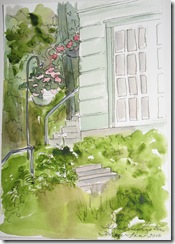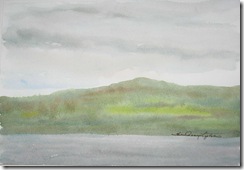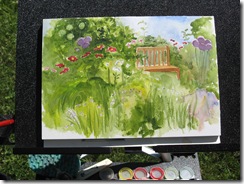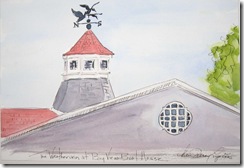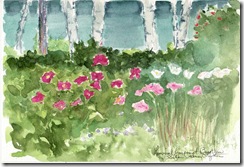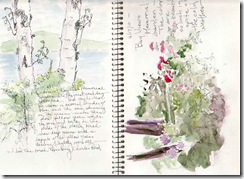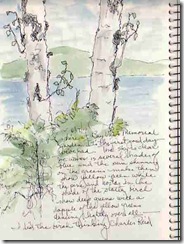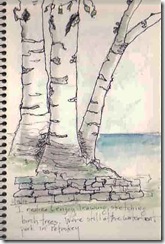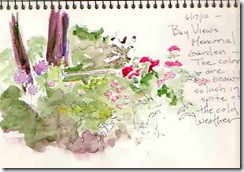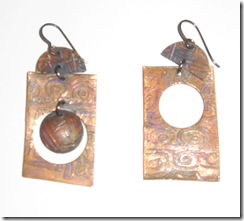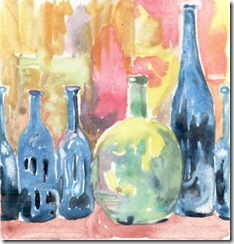It’s hard to believe that I’ve been back for more than a week already and still haven’t posted anything here. I was privileged to be one of two Artists In Residence at the Terrace Inn at Bay View, a Methodist Chautauqua between Petoskey and Harbor Springs here in Michigan. Artists, if you would like to know more and maybe participate contact Patti at the Inn. She hosts a different artist every week during the season.
My week – I did a few plein air pieces which is something I haven’t done in a few years and I do want to get back to. Here they are – by the 5th one I was almost satisfied with what I was getting.
I also did some sketching. I’m happier with those results. Maybe I should think sketch when I do a plein air piece.
This year the weather wasn’t very cooperative, wet and cold the first 3 days so we took in some lectures. Lou Seipel was the speaker for the week we were there and her topic was Bridges out of Poverty. She was a very dynamic speaker and interesting. Like everything else, communication is key to helping. We can’t fix but we can learn how to help by learning to communicate. If you’re interested, there is a website, www.ahaprocess.com.
I also worked on some monoprint plates but haven’t printed them yet, when I do I’ll post them. As I was looking through my file for the images from last week I saw the earrings I made with my friend Annie’s help. I do slide off the page now and then and these earrings are a testament to that… copper, etched with my designs and finished with heat and colored pencil…
